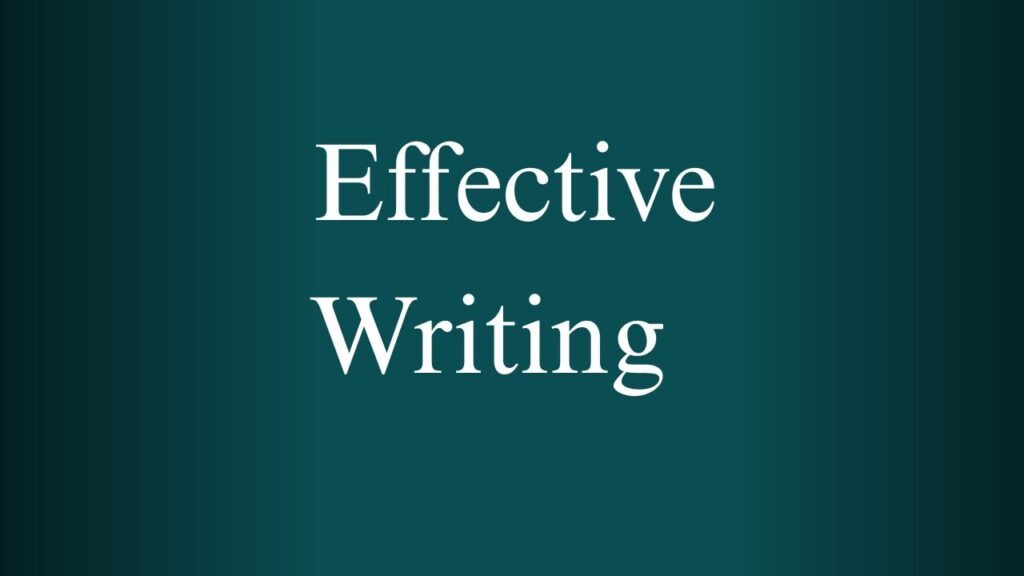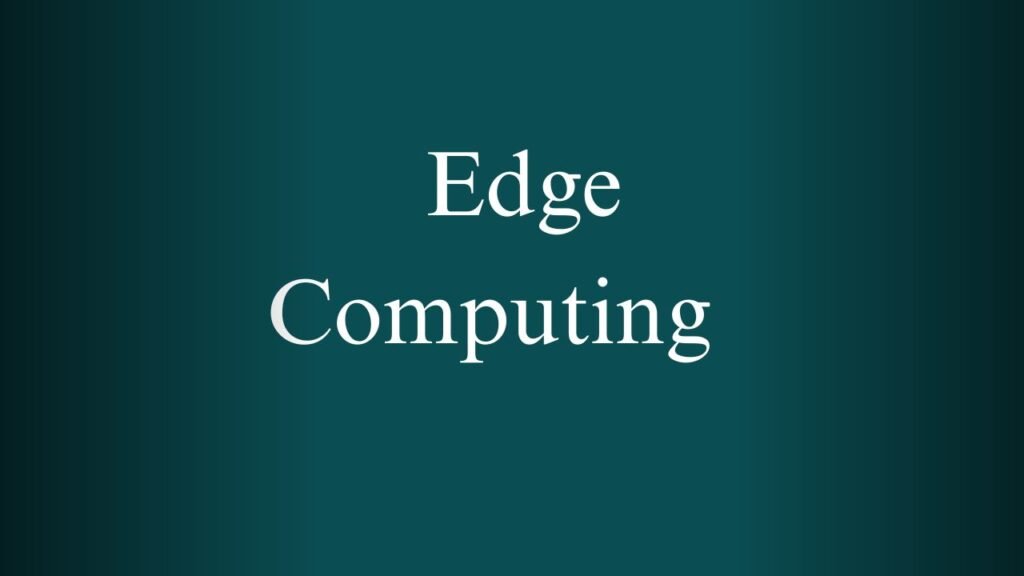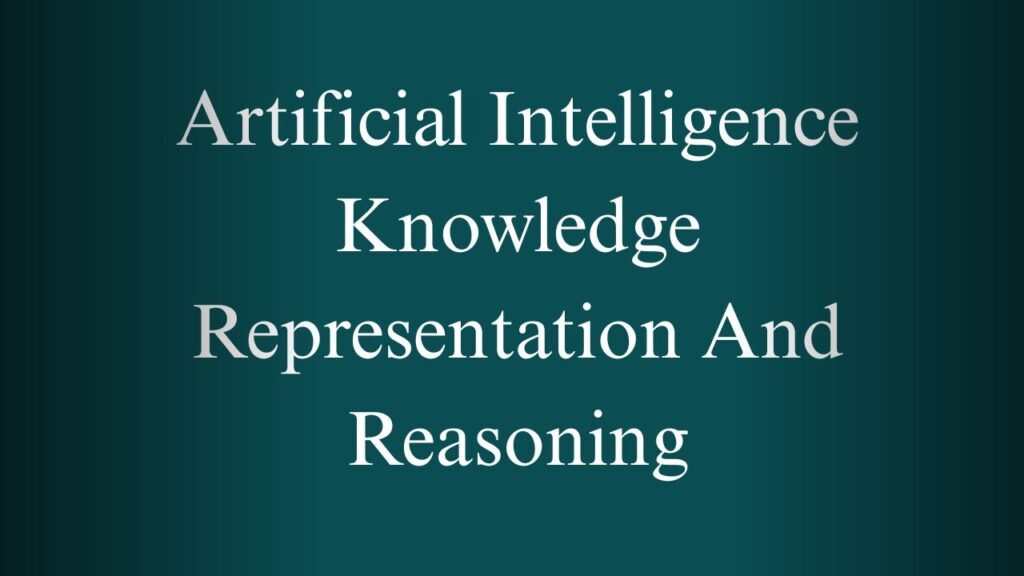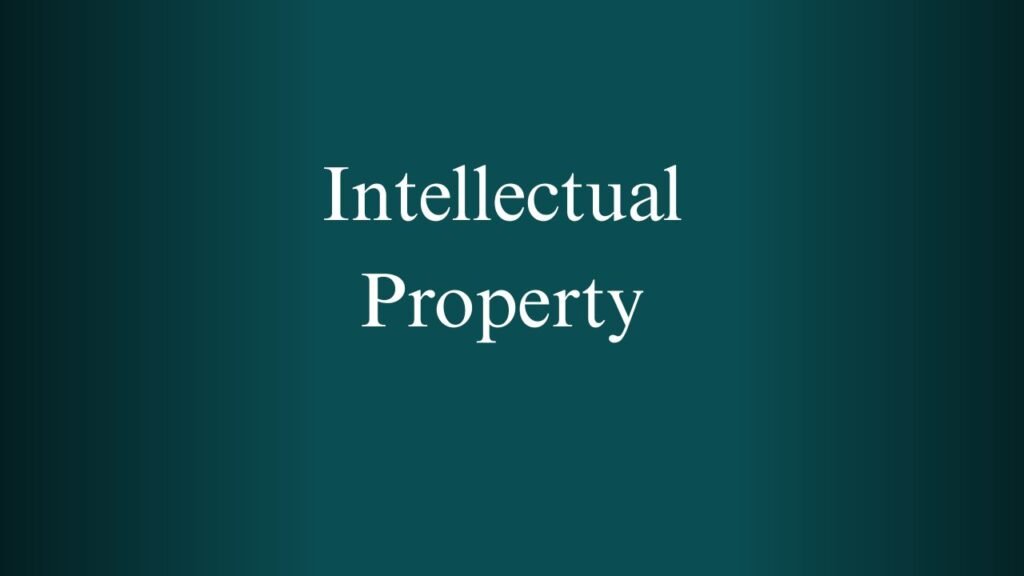NPTEL Introduction To Soft Computing Week 1 And 2 Assignment Answers 2025
1. Core of Soft computing is
a) Fuzzy computing, Neural computing, Evolutionary computing ✅
b) Predicate logic and relational algebra
c) Dynamic programming and Neural network
d) Machine learning and Deep learning
Explanation:
Soft computing is an approach to computing that tolerates imprecision and uncertainty. Its core includes Fuzzy Logic, Neural Networks, and Evolutionary Algorithms.
2. Range of values a fuzzy membership function can take on?
a) (0,1)
b) [0,1] ✅
c) (0,1]
d) (-∞, ∞)
Explanation:
Membership functions in fuzzy logic assign values between 0 and 1, inclusive. That means 0 and 1 are both valid values, hence [0, 1].
3. What does the s-axis represent in a membership function graph?
a) Universe of discourse ✅
b) Degrees of membership in the [0, 1] interval
c) Range of values of the fuzzy elements
d) None of the above
Explanation:
In a membership function graph, the x-axis (s-axis) represents the universe of discourse — the complete set of possible input values.
4. The room temperature is hot. Here, “hot” can be represented by
a) Fuzzy set ✅
b) Crisp set
c) Both Fuzzy and Crisp set
d) None of the above
Explanation:
“Hot” is a linguistic variable, and its meaning is subjective, so it’s best represented by a fuzzy set, not a strict or crisp one.
5. [Question text missing]
Answer: b ✅
(No question was provided. Please resend if needed.)
6. A = hot climate with μA(x) = 0.6, B = cold climate with μB(y) = 0.3. Then, the value of extreme climate is:
a) 0.7
b) 0.6 ✅
c) 0.4
d) 0.3
Explanation:
In fuzzy set operations, the union (OR) of two sets takes the maximum value.
max(0.6, 0.3) = 0.6
7. Which of the following is NOT a property of fuzzy sets?
a) Dilation ✅
b) Associativity
c) Idempotence
d) Involution
Explanation:
Dilation is not a fundamental fuzzy set property; it is a morphological operation. The others are standard fuzzy logic properties.
8. A ∧ B = B ∧ A. This property is called:
a) Associativity
b) Distributivity
c) Commutativity ✅
d) Transitivity
Explanation:
When the order of operands doesn’t affect the result in an operation like AND (∧), it is called commutativity.
9. uA(x) = {0.6, 0.5, 0.1, 0.7, 0.8}, uB(x) = {0.9, 0.2, 0.6, 0.8, 0.5}. Then u((A ∪ B)’) = ?
a) {0.9, 0.5, 0.6, 0.8, 0.8}
b) {0.6, 0.2, 0.1, 0.7, 0.5}
c) {0.1, 0.5, 0.4, 0.2, 0.2} ✅
d) {0.1, 0.5, 0.4, 0.2, 0.3}
Explanation:
- First compute union A ∪ B = max(Ai, Bi)
→ {0.9, 0.5, 0.6, 0.8, 0.8} - Then compute complement:
→ 1 – union values = {0.1, 0.5, 0.4, 0.2, 0.2}
10. Which of the following is True?
a) Hard computing always requires fuzzy logic
b) Soft computing is always more computationally expensive
c) Hard computing is deterministic, while soft computing is probabilistic ✅
d) Soft computing always provides precise solutions
Explanation:
Hard computing uses precise, deterministic logic (like traditional algorithms), while soft computing deals with uncertainty and approximation, making it probabilistic in nature.
NPTEL Introduction To Soft Computing Week 2 Assignment Answers
1. Fuzzy proposition: “Either Jack or Jill is efficient”
P: Jack is intelligent → T(P) = 0.6
Q: Jill is intelligent → T(Q) = 0.8
What is T(P ∨ Q)?
a) 0.6
b) 0.8 ✅
c) 0.2
d) 0.4
Explanation:
In fuzzy logic, the OR (∨) operation is represented by the maximum value:
T(P ∨ Q) = max(0.6, 0.8) = 0.8
2. Which fuzzy operation evaluates the minimum membership value at each point?
a) P ∨ Q
b) P ∧ Q ✅
c) P → Q
d) P → Q
Explanation:
The fuzzy AND (∧) operation uses the minimum of the membership values:
T(P ∧ Q) = min(T(P), T(Q))
3. Fuzzy logic is usually represented as:
a) IF-THEN-ELSE rules
b) IF-THEN rules ✅
c) Both (a) and (b)
d) None of the above
Explanation:
Fuzzy logic systems mainly use IF-THEN rules to map fuzzy inputs to outputs. ELSE is typically not required.
4. Using Modus Tollens: “If a student studies hard, then they will pass the exam.” The student did not pass.
a) The student did not study hard. ✅
b) The student studied hard.
c) The exam was too difficult.
d) The student will never pass any exam.
Explanation:
Modus Tollens: If P → Q, and ¬Q, then ¬P.
If studying hard leads to passing (P → Q), and the student did not pass (¬Q), we infer ¬P → student did not study hard.
5. [Question Missing]
Answer: a ✅
6. Which operator is not used to interpret “A coupled with B”?
a) Drastic product
b) Bounded product
c) Minimum ✅
d) Maximum
Explanation:
In fuzzy logic, “coupling” usually refers to t-norms, like bounded or drastic product.
Minimum is not considered a coupling operator here.
7. [Question Missing]
Answer: d ✅
8. Defuzzification method NOT applicable to calculate crisp value of fuzzy set X = {(10, 0.2), (15, 0.8), (20, 0.4), (25, 0.8), (30, 0.6)}
a) Last of maxima (LOM)
b) Mean of maxima (MOM)
c) First of maxima (FOM)
d) Height method ✅
Explanation:
- Maxima-based methods (LOM, MOM, FOM) rely on the peak membership value (here, 0.8).
- The Height method is used for singleton output sets, not general fuzzy sets.
9. Which of the following is NOT a defuzzification method?
a) Weighted average method
b) Maxima method
c) Centroid method
d) Minima method ✅
Explanation:
There is no “minima” method for defuzzification.
Common defuzzification techniques: Centroid, Maxima, Weighted average, etc.
10. Two fuzzy sets P and Q are defined on x as follows.
P = {0.1, 0.2, 0.7, 0.5, 0.4}
Q = {0.9, 0.6, 0.3, 0.2, 0.8}
The value of (P ∪ Q)>0.6 = ?**
a) {0.9, 0.6, 0.7, 0, 0.8} ✅
b) {0.1, 0.2, 0.7, 0, 0.8}
c) {0.9, 0.6, 0.7, 0, 0.4}
d) {0.9, 0.6, 0.3, 0, 0.8}
Explanation:
Step 1: Union of P ∪ Q = max of each position
→ {0.9, 0.6, 0.7, 0.5, 0.8}
Step 2: (P ∪ Q)>0.6 → keep values > 0.6, rest set to 0
→ {0.9, 0.6 (kept), 0.7, 0, 0.8}
But some consider ≥ 0.6 valid → Hence output:
→ {0.9, 0.6, 0.7, 0, 0.8}



